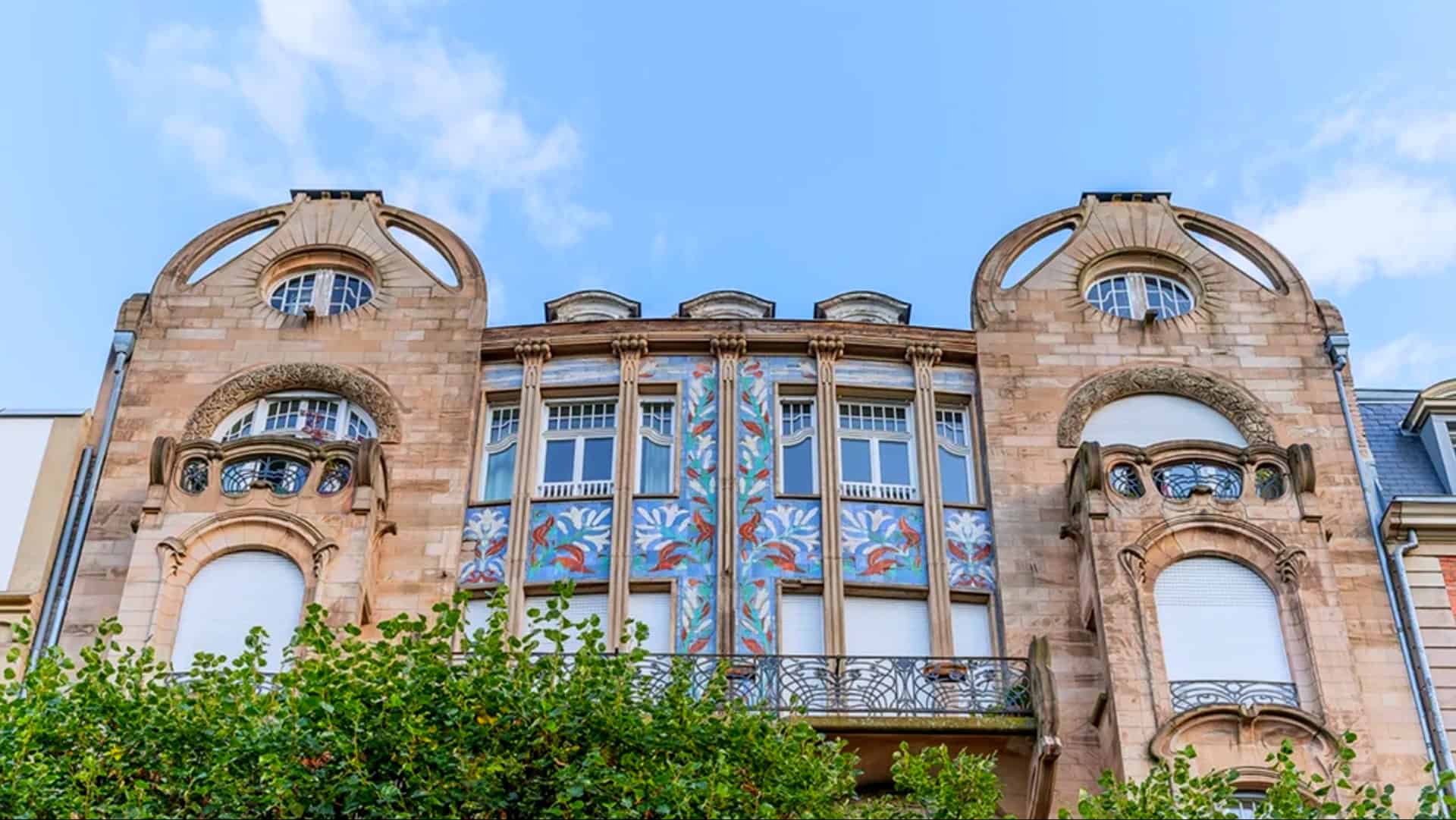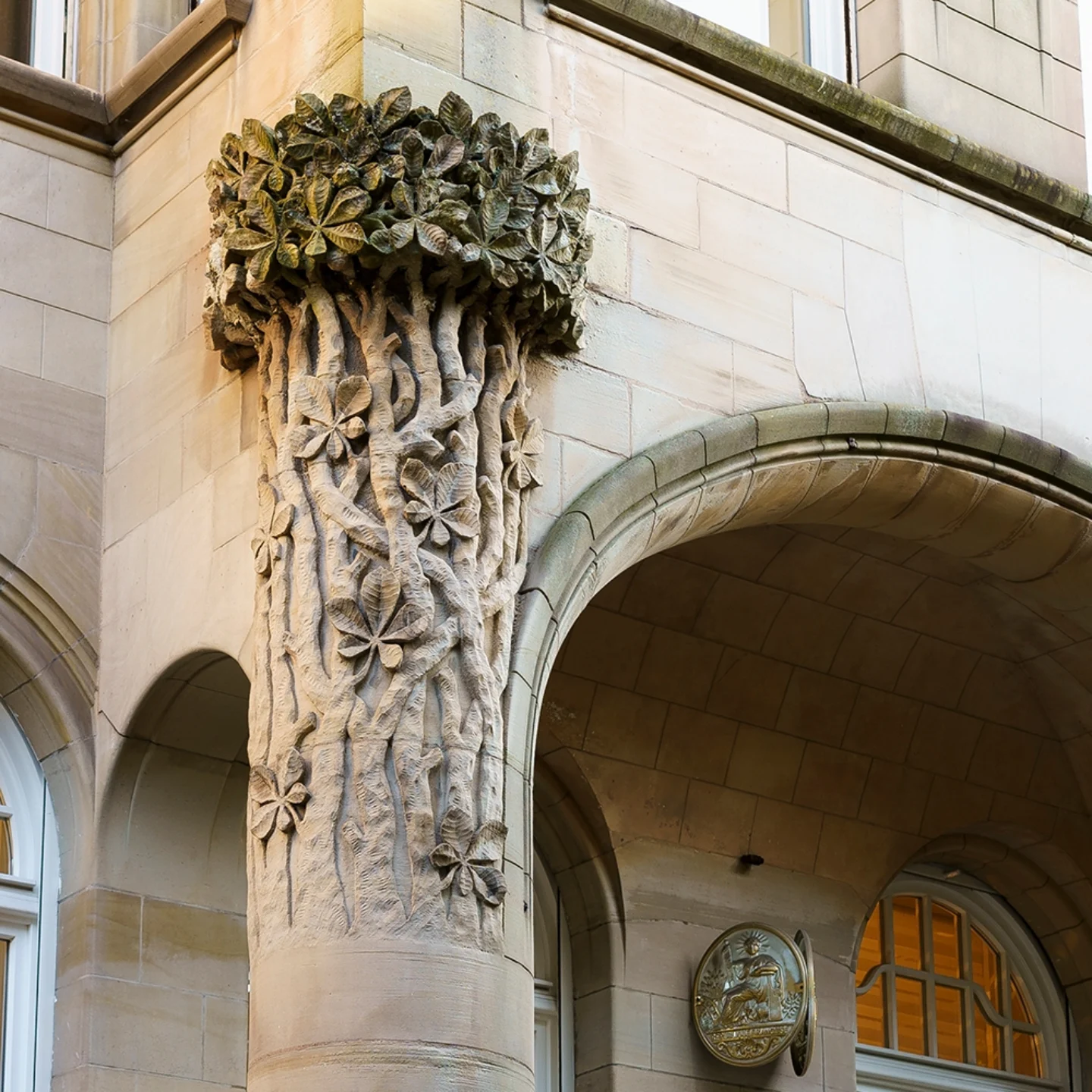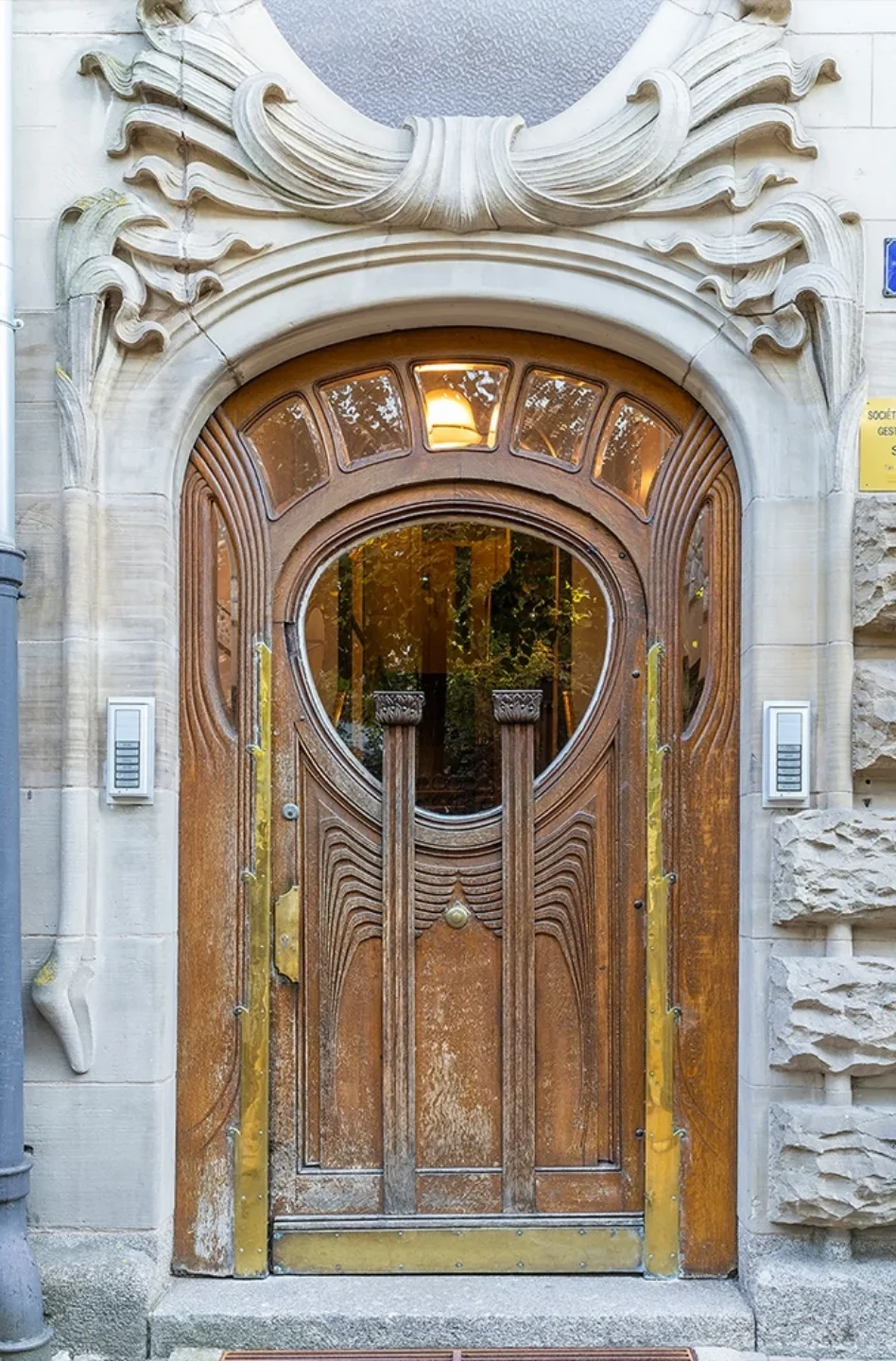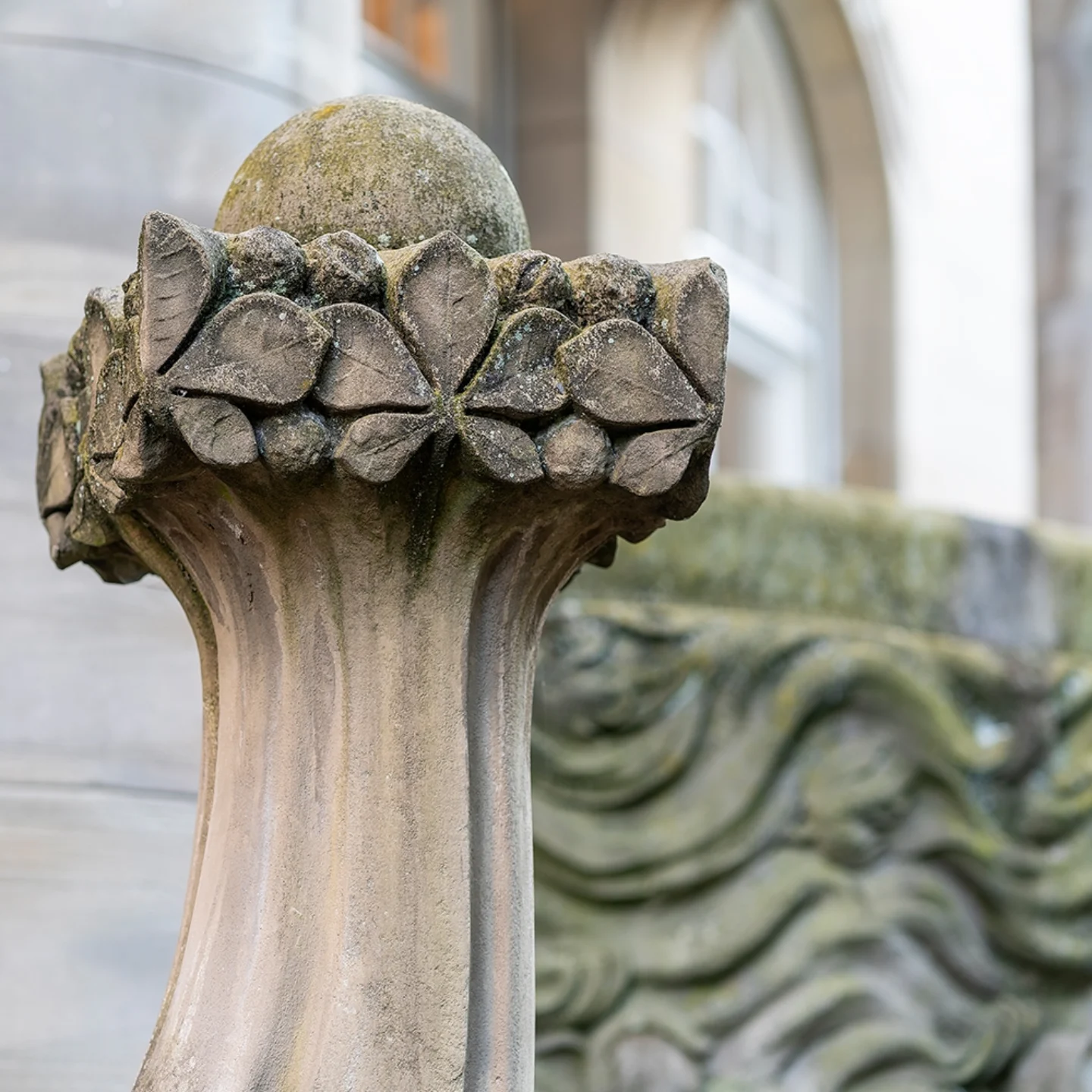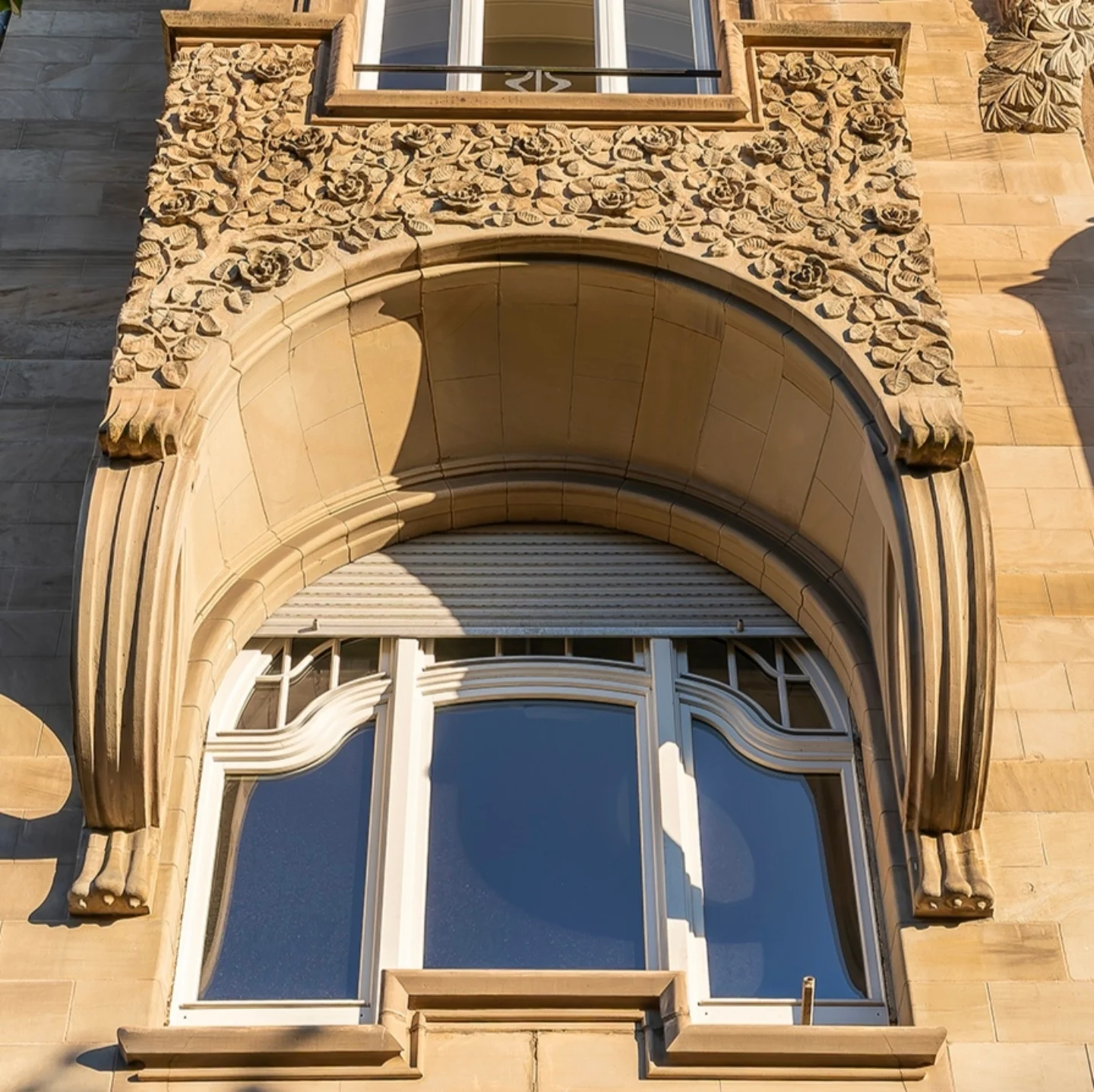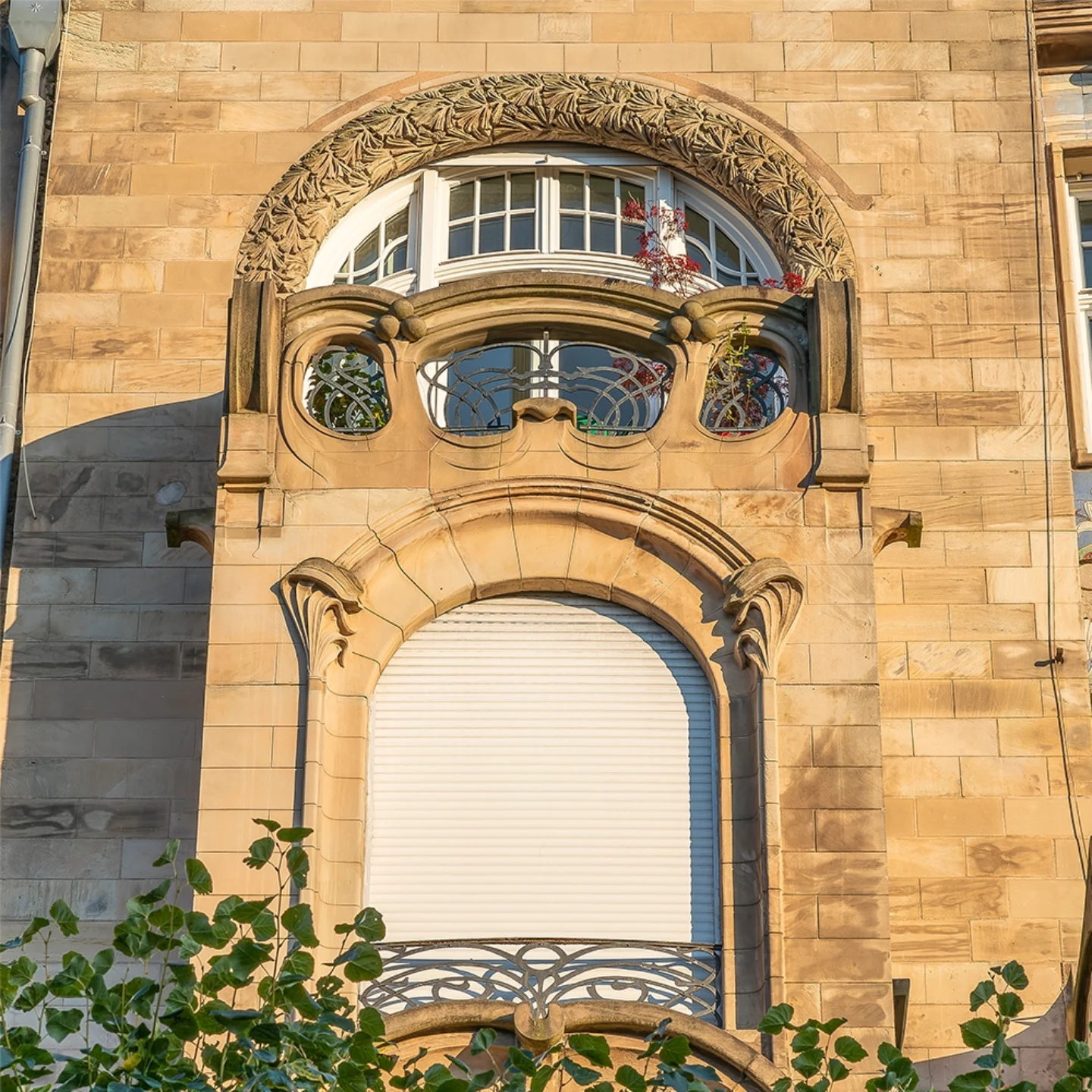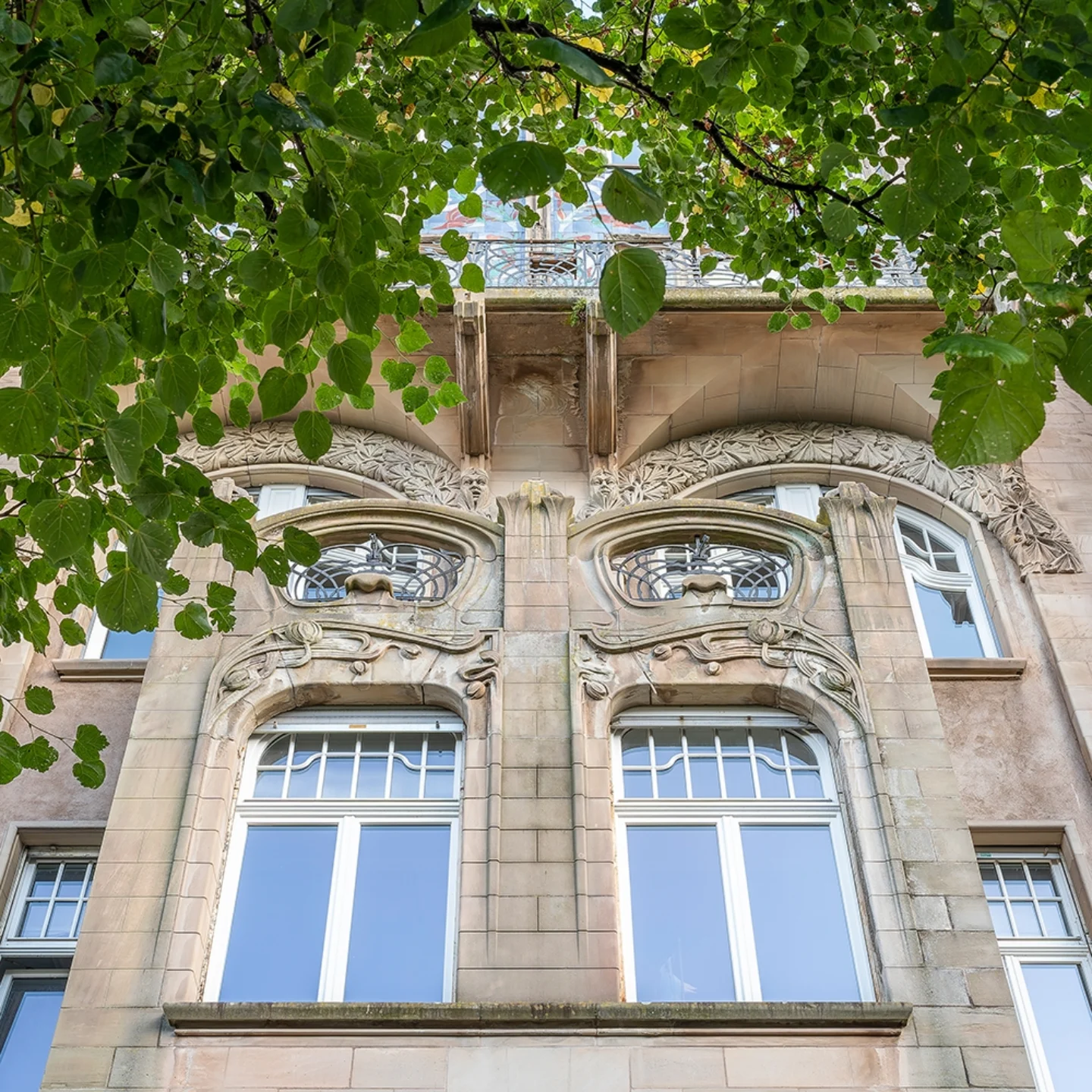Nestled along the picturesque Allée de la Robertsau in Strasbourg, France, stands the remarkable Art Nouveau apartment building at 56 Allée de la Robertsau.
Designed by the talented architects Frantz Lütke and Heinrich Backes, this architectural masterpiece was built for the esteemed master baker Georges Cromer.
Completed in 1903, this residential edifice showcases the intricate details and whimsical motifs characteristic of the Art Nouveau movement.
1. A Contrast with Number 54
The building’s history is interwoven with its neighbor, number 54, also owned by Georges Cromer.
This earlier structure, completed a decade prior, embodies a more classical architectural style.
This juxtaposition emphasizes the evolution of design preferences in Strasbourg during the early 20th century.
While number 54 adheres to conventional symmetry and simplicity, 56 Allée de la Robertsau bursts forth with creativity and flair that mark the essence of the Art Nouveau period.
2. Symmetry and Character
Upon a closer look at the street facade of 56 Allée de la Robertsau, one can appreciate its inherent symmetry.
The main entrance, however, diverges from this symmetry, creating a playful imbalance.
At each end of the façade, unique gables host charming bull’s-eye windows, serving as focal points.
This design invites curiosity while establishing a warm, welcoming atmosphere for residents and visitors alike, ultimately encapsulating the inviting spirit that defines the building’s character.
3. Garlands of Color
An eye-catching feature of the building is the intricate polychrome ceramics adorning the two central bays.
These striking decorative elements in bluish, white, and red tones stand in stark contrast to the cut stone façade, drawing attention to the rich detail of the design.
Evoking the beauty of garlands, these ceramic enhancements create a whimsical narrative that complements the building’s overall aesthetic.
This visual playfulness is vital to understanding the essence of the Art Nouveau movement.
4. Nature as Inspiration
The ornate columns that support the lodge on the main floor add to the charm of 56 Allée de la Robertsau.
Covered in depictions of chestnut branches, these columns mirror the natural world, celebrating organic forms and fluidity, which are hallmark traits of Art Nouveau architecture.
The use of nature-inspired motifs highlights the architects’ intention to harmonize the building with its environment.
This thoughtful integration reinforces the feeling of enchantment that pervades the edifice.
5. Marks of Quality
Flanking the entrance door, the names of the architects, Lütke and Backes, along with contractors Joseph Kaag and Hippolyte Mohler, are inscribed with an air of pride.
This artistic gesture serves not merely as identification but as a testament to the craftsmanship and dedication that went into the building’s creation.
Furthermore, the intertwined initials “GC,” a nod to the client Georges Cromer, grace the bull’s-eye window above the entrance—an elegant reminder of the building’s purpose and origin.
6. Enduring Popularity
The appeal of 56 Allée de la Robertsau has not waned over time; it continues to captivate both locals and tourists who wander through Strasbourg’s enchanting streets.
The building’s architectural style encapsulates a cherished era, serving as a vivid reminder of the artistic innovation that once flourished.
Today, it stands as a testament to the past, inspiring new generations to appreciate the beauty and intricacy of historical design while reinforcing the importance of architectural heritage.
7. A Reflection of Its Epoch
As a notable example of Art Nouveau architecture, 56 Allée de la Robertsau provides insight into not only design trends of its time but also the broader cultural movements influencing Europe.
The building represents a shift towards modernization and individuality in the face of industrialization.
Its existence encourages dialogue about the relationship between art, architecture, and society.
8. A Lasting Legacy
In conclusion, 56 Allée de la Robertsau remains a cherished architectural gem in Strasbourg, projecting the vibrancy and creativity of the Art Nouveau movement.
Its intricate designs and harmonious elements evoke admiration while standing testament to the craftsmanship of its architects and builders.
As a result, the building serves as a powerful reminder of the past, ensuring that its allure endures for generations to come.
Visitors are invited to explore its beauty, story, and artistry—a true embodiment of historical legacy.

